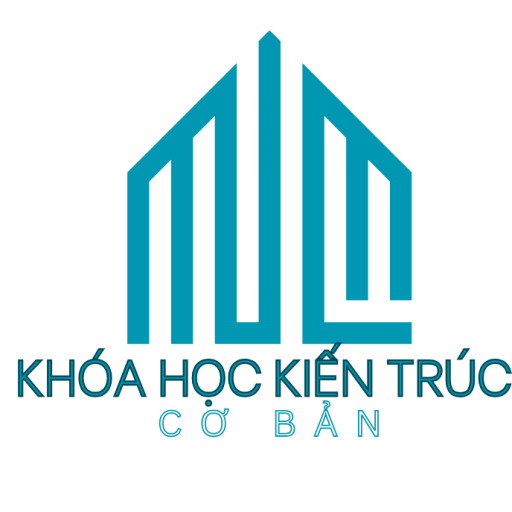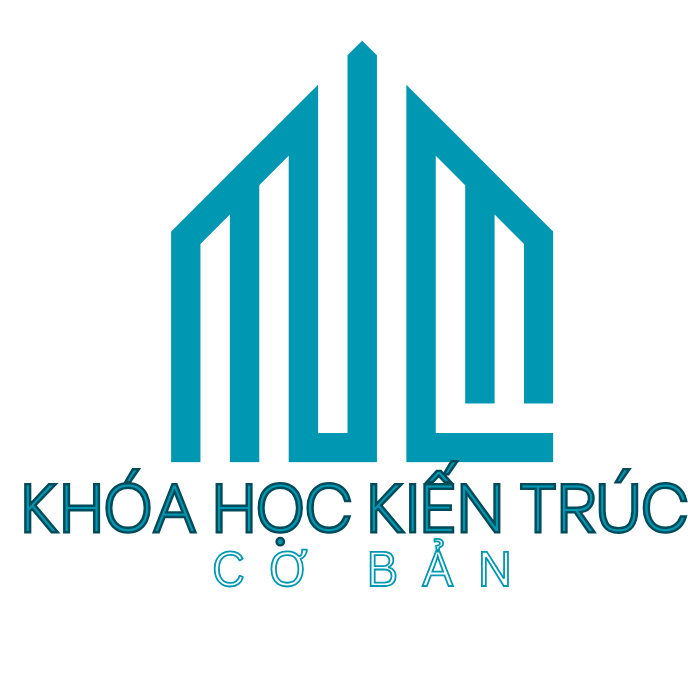##Market Overview##
### #Current Market Valuation#
The European automotive parts sector currently generates over €350 billion annually, experiencing a compound annual decrease of 4% since 2019[2][9]. This contraction contrasts with 130,000+ available SKUs maintained by major distributors like GSF Car Parts[1][7][15]. Workforce metrics indicate 2m industry professionals sustain operations across manufacturing and distribution channels[2][9]. https://carparteu.com/
### #Electrification Impact#
Accelerated adoption of plug-in electric cars drives 17% annual growth in power electronics demand, offsetting declining internal combustion engine parts[2][5]. The EU’s 2035 combustion engine ban threatens quarterly market shrinkage for traditional drivetrain suppliers[2][5].
##Compliance Ecosystem##
### #Vehicle Certification Protocols#
EU Directive 2007/46/EC enforces whole-vehicle homologation through ECE certifications covering 150+ technical regulations[3][10][14]. KBA-approved testing facilities validate crash safety metrics using UN R155 cybersecurity standards[14][10].
### #Right-to-Repair Legislation#
The 2024 EU Design Regulation dismantles OEM repair monopolies for windscreens, generating projected €720 million annual savings through third-party supplier competition[5]. Transition periods vary: immediate implementation across member states based on prior regulatory frameworks[5].
##Distribution Networks##
### #Major Distributors#
ALVADI dominate cross-border logistics with 500,000+ SKUs across 28 EU markets, leveraging in-house fleets for hourly workshop replenishment[4][8][11][13]. EUROPART specialize in commercial vehicle components, maintaining €200M inventories[12][13].
### #Compliance Mechanisms#
E-Mark certification ensure component interoperability through RSA-2048 encryption of brake fluid formulations[6][14]. GSF Car Parts enforce VIN validation on remanufactured transmissions[1][15].
##Technological Disruption##
### #Digital Integration#
Platforms like ALVADI.COM utilize VIN decoders achieving 5 million monthly queries, integrated with blockchain tracking[8][12][15]. SPEurope deploy QR code traceability across 100,000+ OE references[4][11].
### #Additive Manufacturing#
Aftermarket suppliers pilot digital warehousing for discontinued components, reducing lead times by nearly half through distributed manufacturing networks[9][13].
##Strategic Challenges##
### #Margin Compression#
Intensifying competition from Asian exporters forces 17% price reductions among French OEMs[9][10]. Euro Car Parts counter with 190+ pickup points offering trade discounts[1][15].
### #Workforce Gaps#
The EV diagnostic requirements creates critical technician shortages, prompting upskilling partnerships with manufacturing academies[12][15].
##Future Projections##
### #Sustainable Practices#
Upcycled components target €22B valuation through carbon credit trading[5][9]. Battery recycling plants centers emerge near urban hubs[2][14].
### #Autonomous Vehicle Readiness#
Sensor fusion modules require ASIL-D certification, driving OEM-Tier 1 collaborations across Stuttgart[10][14].
##Conclusion#
#The EU automotive parts sector navigates dual disruption from right-to-repair policies. Market survivors will balance compliance rigor with circular economy commitments. As ICE phaseouts accelerate, strategic pivots toward software-defined vehicle architectures separate winners from obsolete operators[2][5][9][14].#

